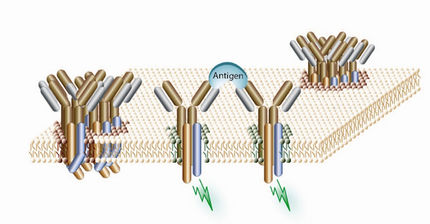U of T Researchers Develop “Hi-Def” Copy Number Variation Decoder
Advertisement
University of Toronto researchers have developed a new “high definition” computer program to analyze human DNA and more accurately detect genetic variants that affect individual traits like disease susceptibility and varying drug responses.
A multi-disciplinary team combining computer science and biomedical data developed new theory and code to enable the precise determination of the number of copies of genes in the human genome. In the past few years, such copy number variation (or CNV) of genes has been shown to be a universal form of genetic variation and also found to cause diseases like autism and cancer, but until now it has remained very difficult to identify. This new computer algorithm, which promises to simplify CNV discovery, is unveiled in Genome Research.
“Most, but not all, genes occur in two copies in our genome, one inherited from each parent. When examining genome sequences we need to distinguish genes that may be present in zero or one copy, or present in three or more copies and the complexity of DNA itself can make that very difficult” said the senior author Michael Brudno, Canada Research Chair in Computational Biology and Professor at U of T’s Department of Computer Science and Donnelly Centre for Cellular and Biomolecular Research.
Brudno likens his new invention, called CNVer, to a game of 'spot the difference', in this case searching for glitches in sub-microscopic pieces of DNA. "Imagine two near-identical images – one photograph contains two cars, the other only one. If you cut those images into snippets and shuffled them (precisely what happens when you sequence DNA), it would be difficult to detect which image fragment belonged with the original picture. We have developed sophisticated methods to scrutinize connecting fragments around, or between, the vehicles, allowing both the number of cars (or copies of a gene) within the photograph and their location to be accurately re-constructed. Together this information allows us to see a high-definition view of the genome, while only looking at the individual small pieces”, says Brudno.






















































